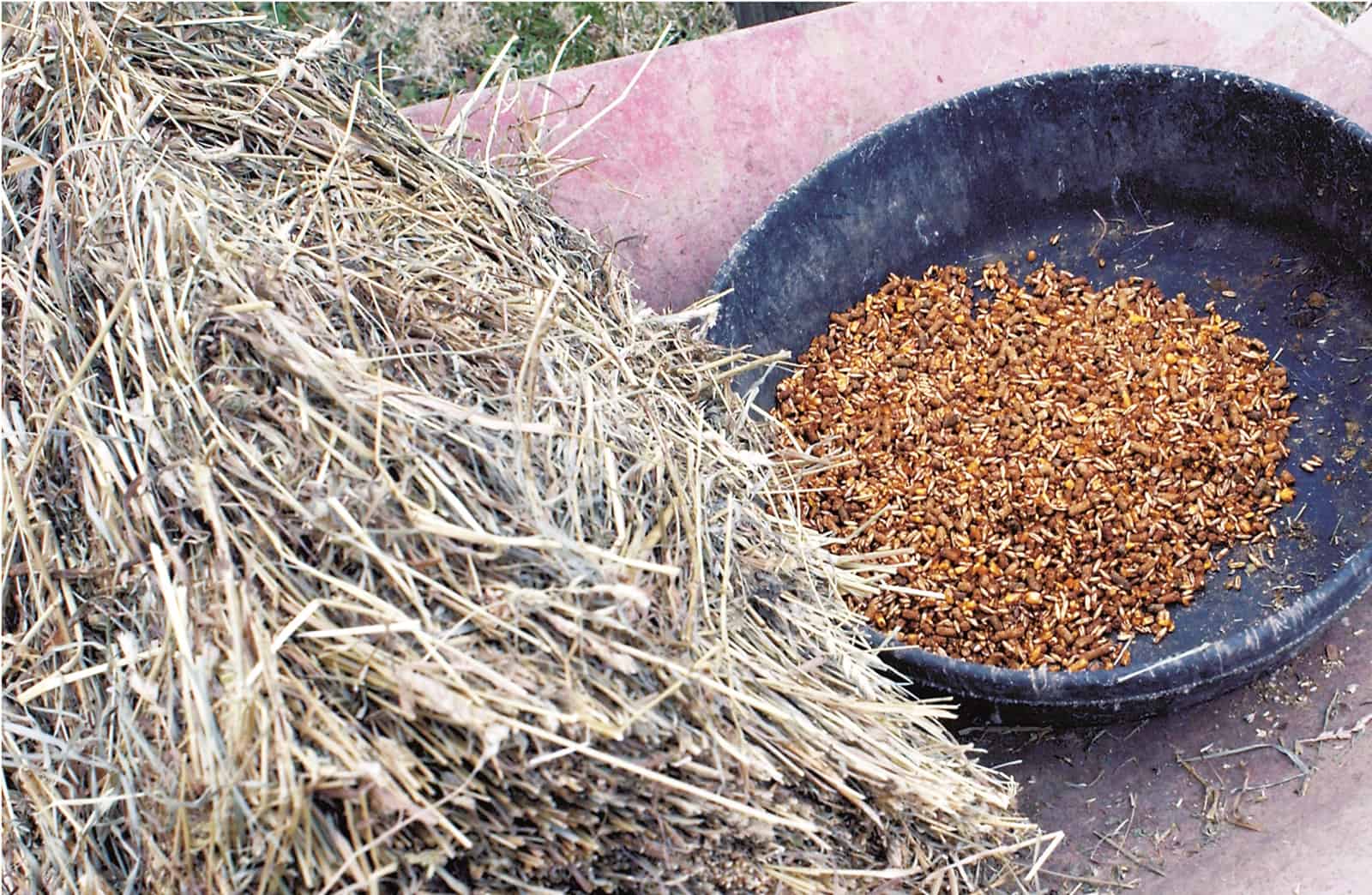High-Energy Horse Feeds

The importance of nutrition for optimal athletic performance, regardless of the level of competition, cannot be over-emphasized. We should on occasion refresh our understanding of some basic concepts and look at ways to meet the nutritional needs of the athletic horse. The first key concept seems obvious, but nonetheless is critical to understanding feeding the performance horse—the energy needed to run and jump ultimately comes from the food the horse eats. The old adage “you are what you eat” rings true when we think about feeding for performance.
The second important point is that energy is by far the most important consideration when designing a diet for a performance horse. Yes, the diet must supply all the essential nutrients in appropriate quantities, and it is often necessary to supply various additives or supplements to ensure that the horse receives adequate amounts of vitamins and minerals. Nonetheless, it is the number of calories eaten that has the greatest bearing on a horse being able to perform to the best of its ability. If there is inadequate energy in the diet of a horse in training, he will lose weight and his performance will be subpar.
The daily energy needs of the high-performance horse (e.g., a racehorse, a three-day event horse, or an endurance athlete) can be more than twice those of the average “couch potato” horse. You need to provide your horse with adequate “groceries” so that he can maintain body condition during the rigors of training and competition. Here’s where it can get tricky—the horse’s digestive tract is primarily designed to extract energy from the feedstuffs available in its natural habitat—green grass. However, the high-performance horse simply cannot consume enough forage (pasture or hay) to meet his daily energy requirements. Therefore, we reach for more energy-dense feeds such as grains and fats to correct the energy deficit. All too frequently, however, the tendency is to overfeed grain and underfeed forage, the end result being increased risk for digestive upsets and, in some horses, recurrent problems with the muscle disorder tying-up
Create a free account with TheHorse.com to view this content.
TheHorse.com is home to thousands of free articles about horse health care. In order to access some of our exclusive free content, you must be signed into TheHorse.com.
Start your free account today!
Already have an account?
and continue reading.

Written by:
Ray Geor, BVSc, PhD, Dipl. ACVIM
Related Articles
Stay on top of the most recent Horse Health news with















